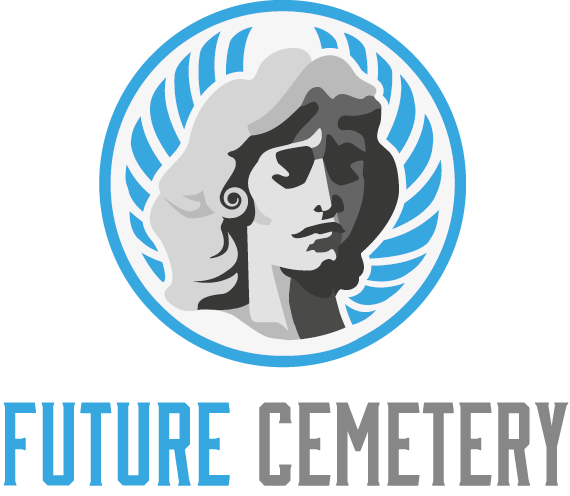A mortuary is a space for the temporary storage of bodies until they can be claimed or disposed of. This is usually located within a hospital or medical center.
A mortuary can also offer services related to funeral arrangements, including embalming. However, not all mortuaries offer the same services.
Storage
The growing number of deaths from infectious diseases, road accidents and self-harm has led to a growth in the demand for mortuary cabinets. These refrigerated cabinets store dead bodies before burial, cremation or forensic research.
Larger mortuary facilities may require office space for pathologists to write up their reports. However, a small facility is unlikely to need this.
Clean and dirty areas in a mortuary must be clearly defined. This is usually achieved by separating the reception area from the body-preparation and autopsy spaces with a screened door. This also applies to the change room for staff.
These facilities generate biohazardous waste that needs to be disposed of correctly. This includes materials used on the bodies, such as bandages and gauze, along with waste from the funeral home. It is important to keep this waste separate from other waste streams and inform your waste disposal company about it. This will ensure the safety of the public and your employees.
Embalming
Embalming is an important part of the mortuary process. It slows organic decomposition and preserves the body for viewing, transportation, or other services. It is usually performed by a licensed embalmer. The procedure involves washing the body and replacing internal fluids with embalming chemicals. The embalming chemicals are often a mixture of formaldehyde and other substances.
During the embalming process, the arteries and jugular veins are cut open. A cannula or a tube is inserted into the artery and connected to an embalming machine. The cannula or tube is pushed into the arteries, forcing embalming solution into the closed circulatory system.
The next step is called cavity embalming. During this stage, full strength embalming fluid is injected into the abdominal and thoracic cavities of the body. This process also helps to relax the muscles and joints that have tightened up during rigor mortis. Embalming is not necessary for hygienic reasons, but it can help people say their last farewells in peace. It can also be useful in case of a delay between death and funeral services.
Funerals
A funeral is an important social gathering where a community mourns the loss of a member. Mourners can gain strength and comfort through the support of others and the rituals that help them re-establish their lives after the loss. Funerals can also strengthen the cultural fabric of a community by preserving its values and traditions.
The funeral home handles visitations, services and ceremonies, whereas the mortuary focuses on care, preparation and shelter of the body. Some mortuaries are affiliated with funeral homes, while others operate independently.
The COVID-19 pandemic has highlighted the importance of funeral service providers and their role in transporting, storing, and disposing of bodies. The COVID-19 pandemic has also raised concerns about the sustainability of funeral practices and succession law. Moreover, it has accelerated the shift toward digital funeral and estate planning.
Cremation
Cremation is an alternative to burial that many people choose for a variety of reasons. The process involves exposing the body to intense heat which reduces it to ashes. Some religions prohibit this because they see it as undignified, but the rest of Western culture supports it.
The remains are then either buried in the ground or placed into an urn. The urn can be kept at home, buried in a cemetery, or scattered in places of significance to the deceased person.
While this is an environmentally-friendly option, there are environmental impacts associated with cremation that should be considered. The combustion process releases harmful gases and pollutants, such as organic compounds, heavy metals, particulates, and carbon dioxide, into the air. Fortunately, new innovations have helped minimize these negative impacts. These innovations include a reduction in carbon emissions, monitoring ambient air quality around the crematorium, and improving the operation of the equipment. This is another reason it’s important to have a knowledgeable funeral director on your team.
